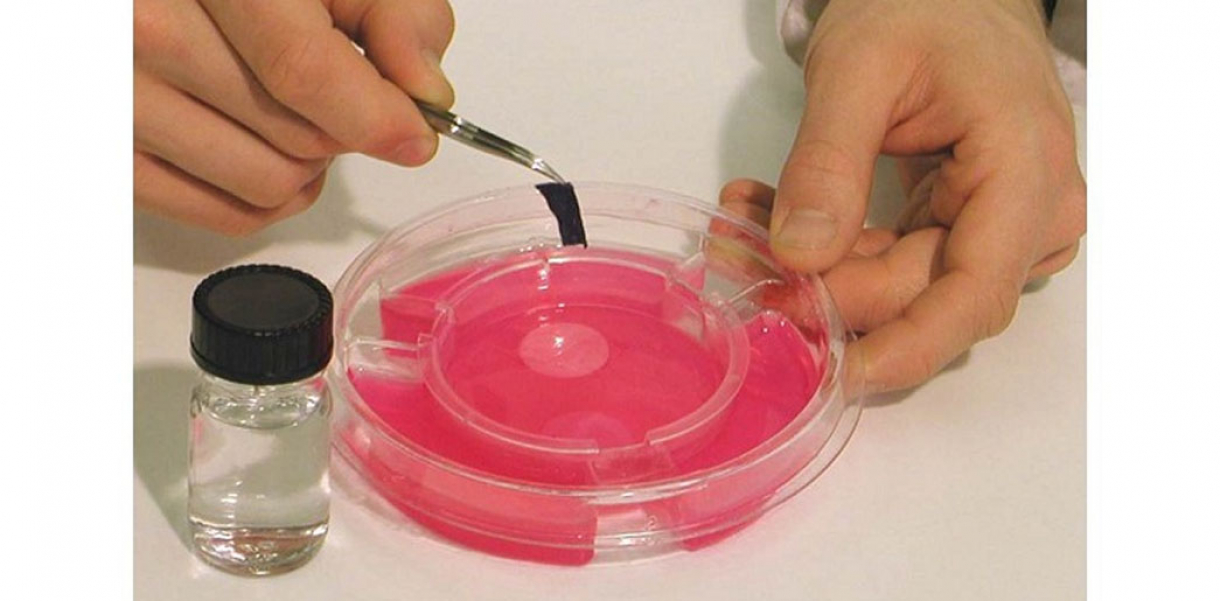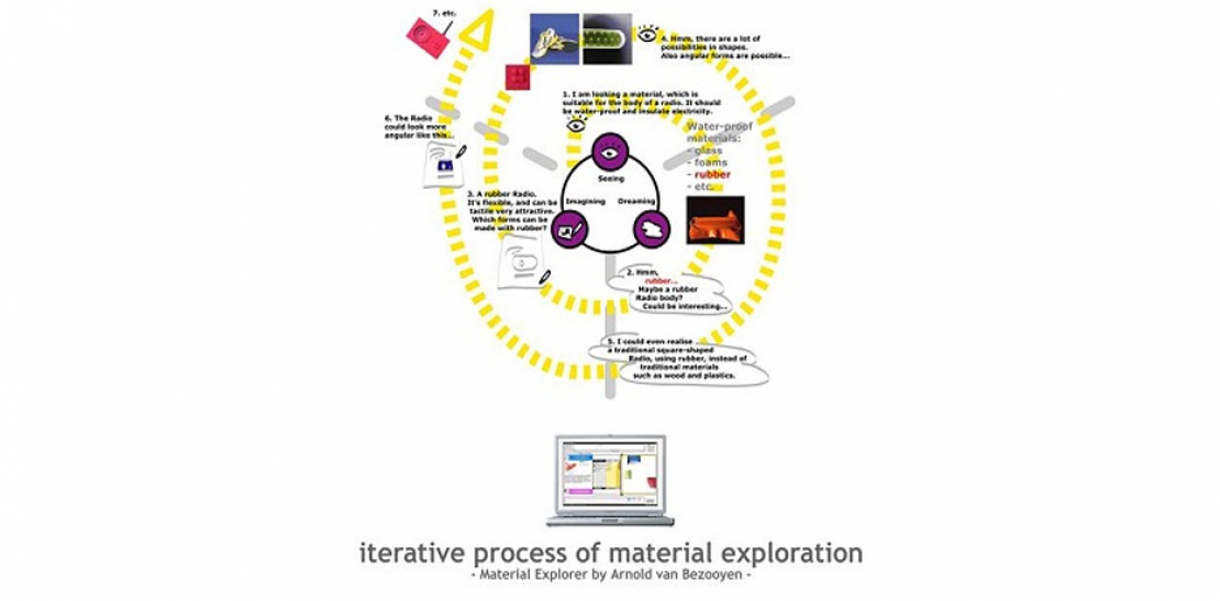The lower dermal layer combines bovine type 1 collagen and human fibroblasts (dermal cells), which produce additional matrix proteins. The upper epidermal layer is formed by promoting human keratinocytes (epidermal cells) first to multiply and then to differentiate to replicate the architecture of the human epidermis. Unlike human skin, Apligraf does not contain melanocytes, Langerhans' cells, macrophages, and lymphocytes, or other structures such as blood vessels, hair follicles or sweat glands.
The persistence of Apligraf cells on the wound and the safety of this device in venous ulcer patients beyond 1 year and in diabetic foot ulcer patients beyond six months have not been evaluated.
Functionality and use of design
Apligraf, a medical device, is approved for the treatment of venous leg ulcers and diabetic foot ulcers. Venous leg ulcers are a type of chronic wound that affects an estimated 600,000 to 1 million people in the United States. Apligraf is indicated for use with standard compression therapy for the treatment of non-infected skin ulcers due to venous insufficiency that have lasted more than 1 month and have not improved after treatment with conventional ulcer therapy.
Apligraf is also indicated for use with standard diabetic foot ulcer care for the treatment of full-thickness neuropathic diabetic foot ulcers of greater than 3 weeks duration which have not adequately responded to conventional ulcer therapy and which extend through the dermis but without tendon, muscle, and capsule or bone exposure.
Apligraf ON Venous Leg Ulcer. Apligraf is applied by a physician. It is placed on the wound. It is then covered with a nonadhesive bandage (to keep Apligraf in place) and the area is then wrapped with an elastic compression bandage.
Apligraf ON Diabetic Foot Ulcer Ulcers should be checked for their severity and undergo debridement, a method of cutting infected or dead tissue from the wound. Afterwards, a patient should follow good wound care practices that will help the ulcer heal. Apligraf would be an "add on" to current good wound care practices.
- How did this design improve life?
Like human skin, Apligraf consists of living cells and structural proteins. - Apligraf, a medical device, for the treatment of venous leg ulcers and diabetic foot ulcers.
- Apligraf is used on wounds that have not improved after treatment with conventional ulcer therapy. Apligraf is at the same time a unique example of new materials that when sufficiently developed will have the potential of improving human life for many people, who have been troubled with for instance ulcers that will not heal
Research and need
See http://www.apligraf.com/faq
Designed by
Organogenesis, USA






